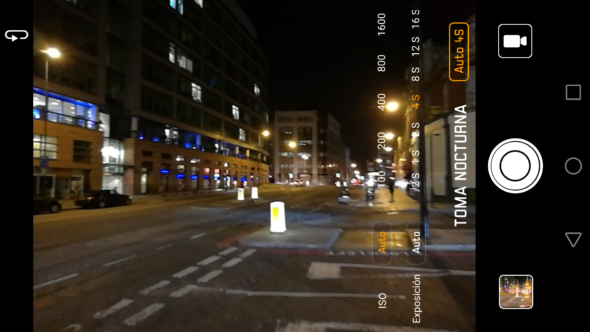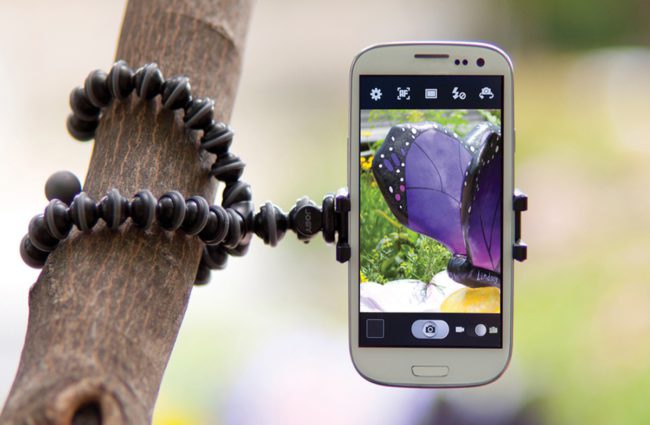Tips for making better night photos with the mobile, Smartphone cameras have a problem: the image sensors are extremely small. No matter how often the top of the range shows improvements in this field, taking pictures at night, it is especially difficult because there is not enough light to take a good photo, which is often noisy or fuzzy. So today we leave you some tricks to make better night photos with the mobile.
The light-sensitive area on most sensors that are integrated into smartphones is approximately 15 to 30 mm². In comparison, the full-format image sensors of a midrange DSLR camera have an area of about 860 mm², that is 30 to 60 times more. While small smartphone sensors can gather enough light during the day, the chip simply receives very few photons in the dark. However, there are several ways and tricks to make better night photos with the mobile.
Tips for making better night photos with the mobile
A series of basic tips
Table of Contents
The more light there is, the better the picture. This obviousness becomes more apparent with the use of the mobile because of the sensors that bring installed most smartphones of the market. Another aspect to keep in mind is that despite having software to correct the blur, achieving greater image stability will be crucial and for that nothing more suitable than a small tripod that does the work for us. Do not neglect the state of the lens of the phone, which due to daily use can be subject to staining or rubbing and it is necessary to keep it in the best possible state so that the result is then optimal.
Use manual mode
The trick to getting better night shots with the mobile phone is to alter the ISO value of the camera in the terminal. To produce a bright image in low light using a small sensor, you can simply amplify the light sensitivity of the image sensor. The camera application does this by itself when taking pictures in automatic mode.

However, higher ISO sensitivity also results in greater read errors that are manifested as image noise, loss of detail and washed colors, among other things. Finding the balance in the picture will be your main challenge.
Uses external light sources
More light is needed to keep the sensor’s sensitivity low (and therefore also reduce image noise). Although this may sound obvious this can be achieved by adding light sources to the subject. The built-in LED flash in today’s smartphones sometimes seems insufficient, but they also have drawbacks. The flash eliminates all shadows and generates overly artificial flat images.
That’s why we recommend using external light sources around you. For example, when taking a portrait, take a few more steps to the nearest street lamp or the brightest corner of the room.
Long exposure times
If you can no longer add light to the subject of capture, you should give your phone more time to work on the picture. One of the photographic rules is that the longer exposure time, the more light. However, at the slightest movement or vibration, the photograph will be out of focus.
Many current smartphones offer a professional mode with manual options. The shutter speed in auto mode is usually set to 1/20 or 1/10 seconds but you can increase the exposure time manually. If the camera app has a shooting delay, you will avoid blurry photos.
Use a tripod

Trick to make better photos at night with the most basic mobile. Since increasing the exposure time will give you better results, firing with the totally static mobile phone will prevent blurry shots. For this, you can buy some of the many tripods for smartphones that you can find on Amazon. Many of them are accompanied by a Bluetooth trigger, so you will avoid the vibrations that occur in the photograph when using the virtual button of the smartphone.
Varun Kesari
Blogger | Youtuber | Music lover | Tech enthusiastic | Proud To be INDIAN
